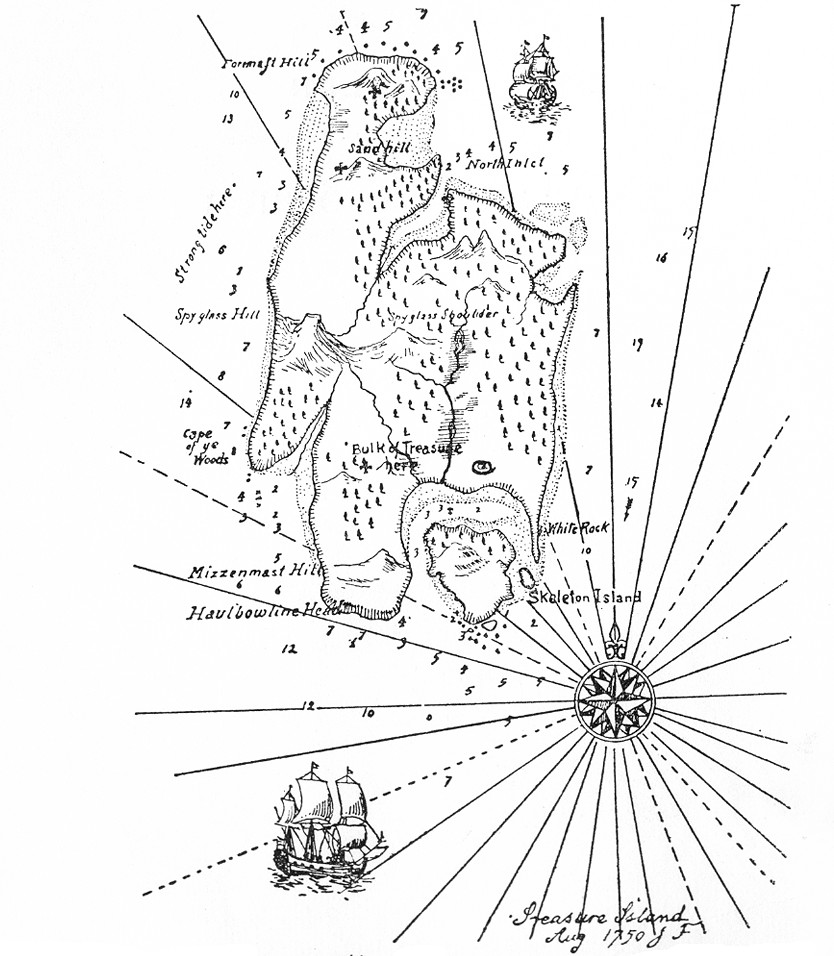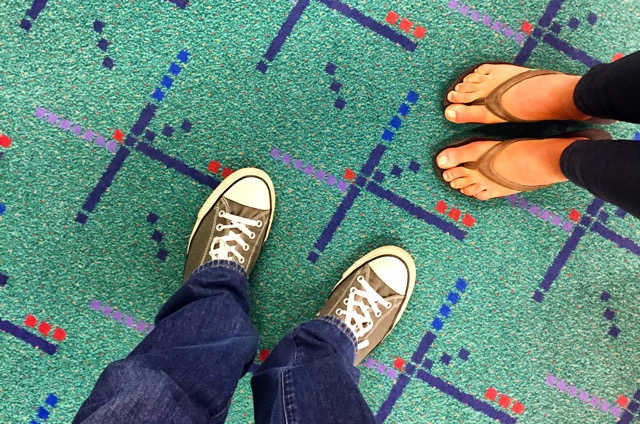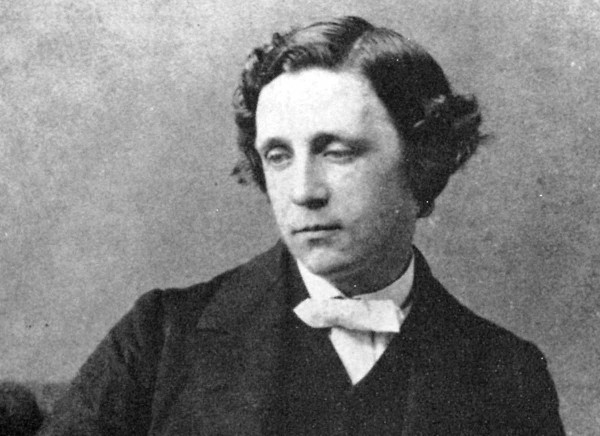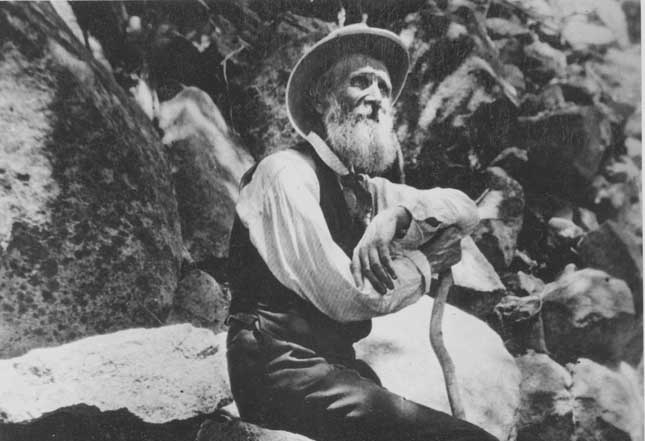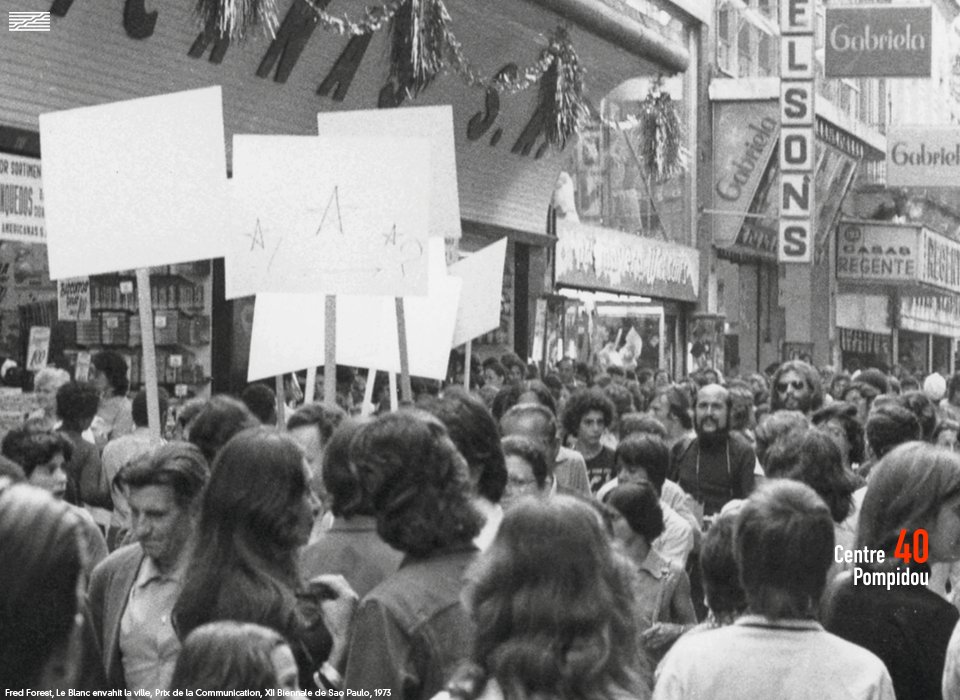- Conceptual artist Joseph Beuys accepted responsibility for any snow that fell in Düsseldorf February 15-20, 1969.
- Any three of the numbers {1, 22, 41, 58} add up to a perfect square.
- Nebraska is triply landlocked — a resident must cross three states to reach an ocean, gulf, or bay.
- The only temperature represented as a prime number in both Celsius and Fahrenheit is 5°C (41°F).
- “A person reveals his character by nothing so clearly as the joke he resents.” — Georg Christoph Lichtenberg
“I was tossing around the names of various wars in which both the opponents appear: Spanish-American, Franco-Prussian, Sino-English, Russo-Japanese, Arab-Israeli, Judeo-Roman, Anglo-Norman, and Greco-Roman. Is it a quirk of historians or merely a coincidence that the opponent named first was always the loser? It would appear that a country about to embark on war would do well to see that the war is named before the fighting starts, with the enemy named first!” — David L. Silverman

